Report / Salzburg
Shorts story: Tracht & Country fair
Fashion meets folk as new designers cut out the kitsch in traditional alpine clothing.
“Tracht is not only a part of our culture, it’s also a lifestyle for us,” says Wilfried Antlinger, director of Salzburg’s biannual Tracht & Country fair, the only trade show of its kind for the traditional Germanic costume. It’s an event that brings together 260 exhibitors and more than 4,100 visitors, from as far afield as the US, Canada, Spain and France. “If you take a look around Salzburg you see very beautiful surroundings,” he adds. “You see the city, the culture and the nature – but tracht is one of the most important things.”
Strolling around the vast halls of the Salzburg Exhibition Centre past stands displaying lederhosen, dirndls and feather-adorned hats, it is clear that the traditional dress worn across Bavaria, Switzerland and Austria is experiencing a renaissance. The exhibitors here, whether old family businesses or part of a new generation of designers, are giving traditional dress a transformative twist.
It was formally adopted by the German aristocracy in the 19th century, with looks inspired by the simple woollen-and-leather village clothing worn by farm hands more than 100 years earlier. Following the defeat of France in the Napoleonic wars, the style was linked to rekindled patriotism in Austria and to a growing sense of common identity among the states of the new German Confederation. At the Congress of Vienna that redrew the map of Europe during 1814 and 1815, Austrian politicians presented themselves in national dress to stand up for the sovereignty of their country.
It set a precedent and, even though today’s trachten are no longer worn for political gain (particularly after the Second World War), they have once again been embraced by the alpine region’s younger generation, for whom this traditional costume represents the life of their forefathers.
The clothing has risen in popularity over the past few years, not as commercialised Oktoberfest fancy dress but as an outfit to be worn day in, day out. “If it’s not raining and not minus 20c, I always wear my lederhosen,” says Carlos Vogel, the founder of fashion-and-lifestyle brand Franzmünchinger. “It’s perfect for everything; during my last holiday I even wore them on a Greek island.” Vogel designed his home city of Munich’s first official pair of leather trousers, marked with its civic embroidery and colours. “It is like a flag or a logo for each little village so if you see lederhosen you know exactly where they come from. Munich didn’t have this so we said, ‘We have to create it.’”




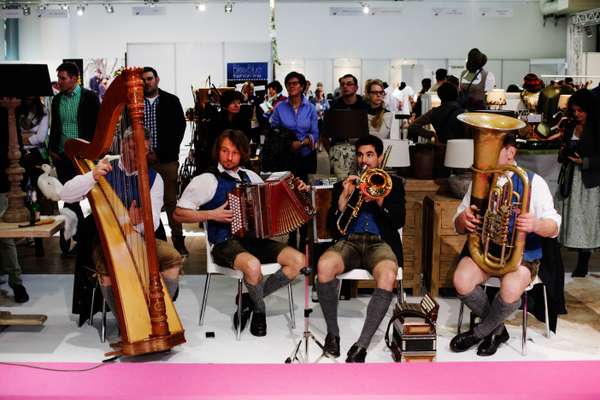
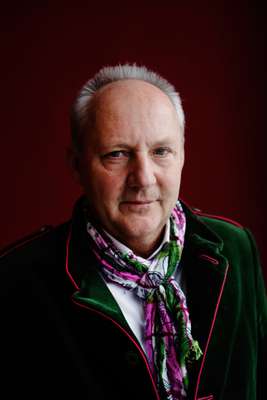
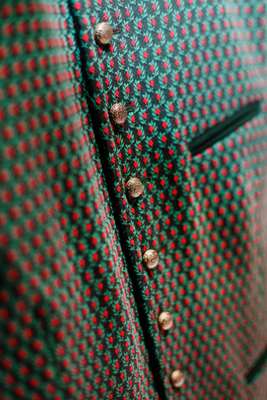
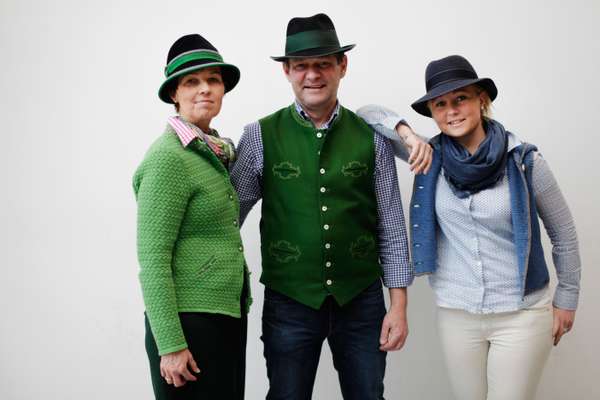

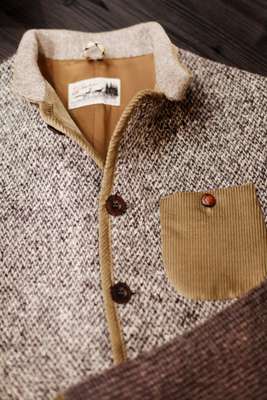
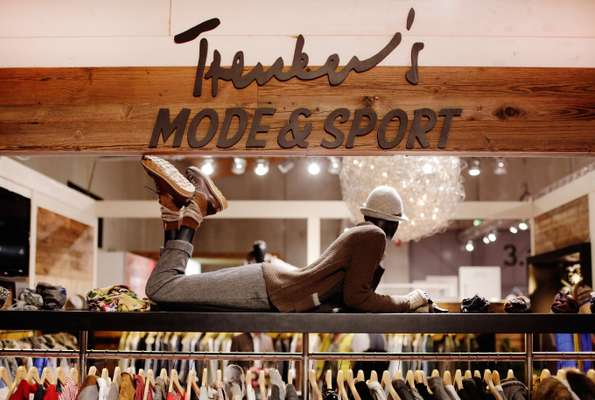

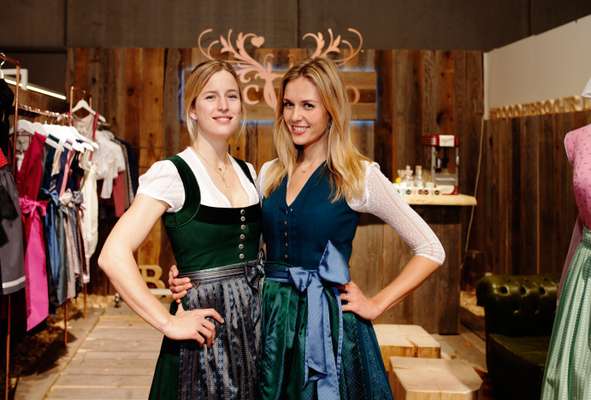
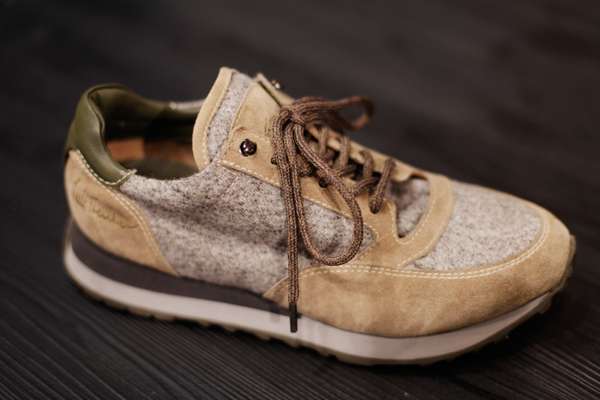
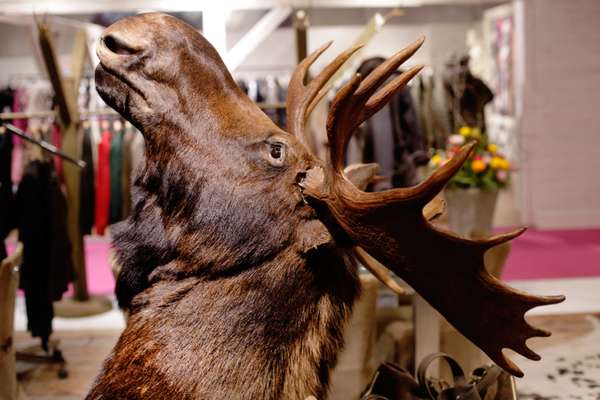
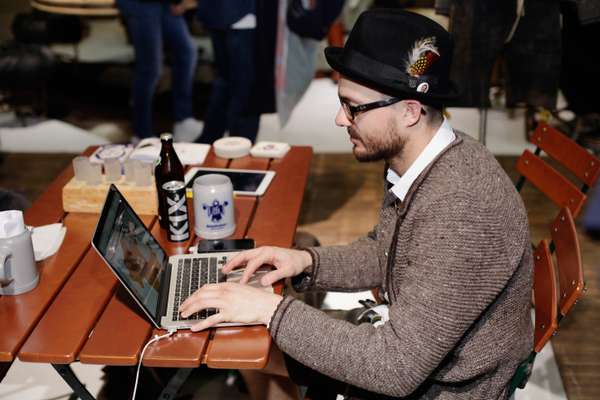
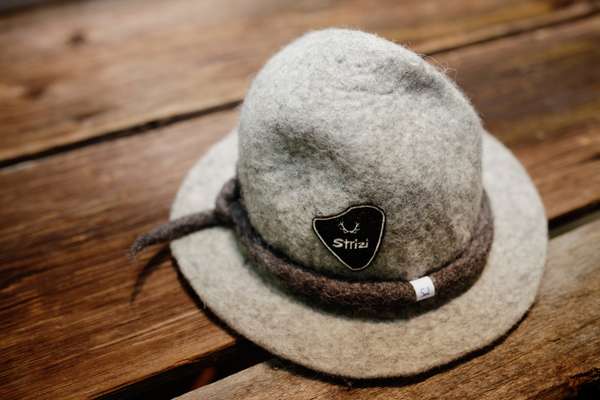
The clothes are made from stag hide and stitched in a variety of colours, only recently including royal blue: it was out of bounds for a century in honour of King Ludwig II. Having long been a familiar sight in mountain villages and often passed down within families for decades, tracht has now redefined itself by permeating cities and finding a way to bridge rural and urban life.
Years ago it would have been a no-no to combine lederhosen with a hoodie but there’s been a clear shift thanks to new brands such as Franzmünchinger and Caroline Lauenstein’s Rockmacherin. The latter label, which directly translates as “skirt-maker”, specialises in designing a modern take on lederhosen’s female counterpart, the dirndl. “I liked the traditional fabrics and patterns and was just looking for something to wear every day,” says Bavaria-based Lauenstein. “I loved the dirndl but there were not many opportunities to wear it, and it’s not very comfortable. As I didn’t find anything I sewed it myself.”
She was approached on the street so often about her clothing that she decided there was a market for her homemade tracht-inspired skirts. Her steadfast desire to handmake everything in Bavaria has been central to her brand since its launch in 2013. So much so, in fact, that she recently joined forces with other regional fashion labels to establish Mode Made in Bayern, which celebrates sustainable fashion that has been sourced and made in Bavaria.
These values are dear to Bernhard Stadler’s Strizi (an Austrian nickname given to mischievous young children). It is based in the suburbs of Salzburg, where Stadler makes everything from knitted shirts to hats at home with his wife, a trained seamstress. “We make traditional clothes so we think that they should also be produced here; only then can we be authentic,” says Stadler, wearing a woollen beanie and classic leather pants that could have been worn by his grandfather. “I began knitting when I was four years old. These days I often work with my children and show them how I do it. When they want they can work with me; when they don’t want to they play. They grow up with my work and that’s another reason I do this.”
There is a physical homecoming at the heart of the current tracht movement but also a yearning to step away from a relentless commercial, throwaway culture and invest in reinstating values linked to heritage and nature. “It’s about deceleration,” says Jörg Hittenkofer, founder of tracht label Gottseidank. “To brace against the rush of life that we experience every day. It’s about standing still, face to face, and taking notice.”
Hittenkofer is part of a movement taking trachten in the other direction: back to its roots. Born in Garmisch-Partenkirchen, he grew up wearing tracht and realised that Munich’s greatest folk festival, Oktoberfest, had taken traditional garments out of context and commercialised them to the point where the preservation of their authenticity and historic value were at stake. Subsequently Hittenkofer founded Gottseidank (“Thank God”) to revive the craftsmanship in clothing that had gone astray by reintroducing historic paisley patterns, higher necklines, longer hemlines and designs more dignified than the widespread Oktoberfest facsimiles.
“Over the years I have visited countless flea markets where I’d find an old piece of fabric from the 1960s here or a faded picture there,” says Hittenkofer, whose serendipitous finds continue to shape his collections. Since its launch in 2011, Gottseidank has made floral fabrics and thousands of filigree-latticed silver buttons for its dirndls and shirts, each hand-pressed in a factory near Rosenheim, leading to a rebirth of the regional industry and the rediscovery of traditional fashion.
Tracht may only be a miniscule segment of the fashion sector – as showcased by this niche fair in Salzburg – but beyond that it has found a new calling. This time it’s not a political one: instead it’s the desire to escape a fast-paced, ever-connected world and embrace life the way it was meant to be lived. Tracht has become avant-garde.
Labels to watch
Bittner
Founded in 1862 and run by fifth-generation Franz Bittner, this hatmaker crafts traditional trachten and hunting hats for men, women and children in Bad Ischl, 60km from Salzburg. “In our area the hat goes with the clothing; when you have the short lederhosen and our jackets you must wear a hat,” says Bittner.
bittner.co.at
Luis Trenker
Michi Klemara’s clothing label, established in 1995, is inspired by alpine actor and mountaineering pioneer Luis Trenker. The collection, made in South Tyrol and Italy, reflects typical mountain fashion. “It’s very functional but also very natural,” says Klemara.
luistrenker.com
Meindl
This clothing brand, established in 1683, has a long history rooted in heritage craftsmanship. “It is important to support these local traditions; if you do not you lose your culture and your values,” says Markus, the 11th generation of Meindl to run the firm.
meindl-fashions.de


